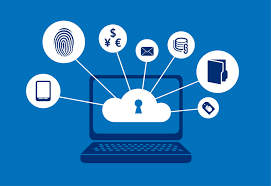

Maintaining regulatory compliance while protecting personal data requires implementing privacy controls and measures for organizations operating in both the UK and EU. Building trust with individuals is also helpful.
Understanding common privacy controls and measures, complying with GDPR and UK GDP requirements, as well as following best practices allow organizations to establish robust privacy frameworks. The protection of personal data and maintenance of individuals’ privacy rights are ensured by these frameworks.

Maintaining regulatory compliance while protecting personal data requires implementing privacy controls and measures for organizations operating in both the UK and EU. Building trust with individuals is also helpful.
Understanding common privacy controls and measures, complying with GDPR and UK GDP requirements, as well as following best practices allow organizations to establish robust privacy frameworks. The protection of personal data and maintenance of individuals’ privacy rights are ensured by these frameworks.